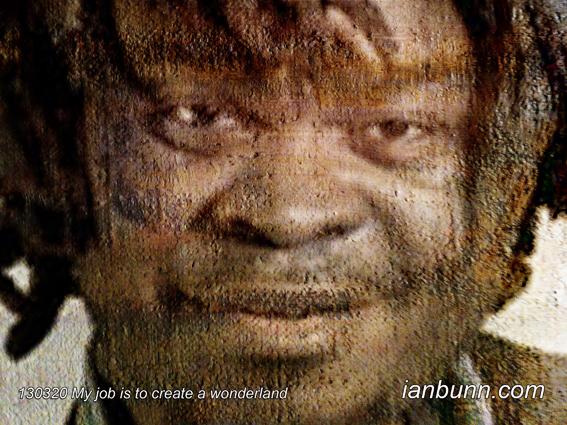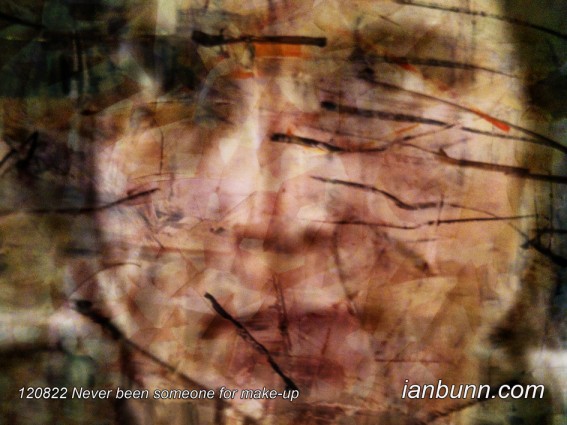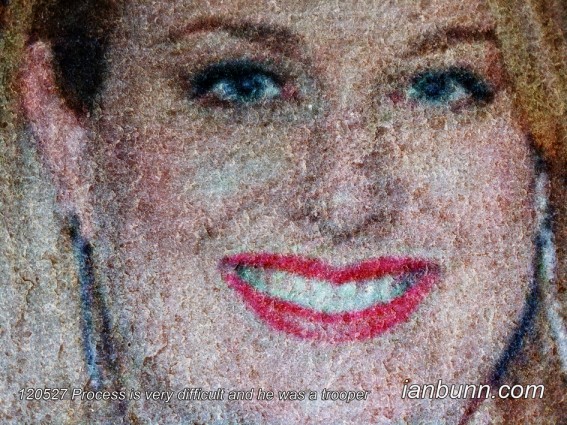 An artist with a cultlike following (March 24 2013)
An artist with a cultlike following (March 24 2013)
Matthew Barney the 45 year old American artist who works in sculpture, photography, drawing and film, whose early works combined sculptural installations with performance and video has been featured by Carol Vogel in a New York Times article titled ‘Matthew Barney Heads to the Morgan Library’. Vogel states “…Barney, an artist with a cultlike following… fashions his sculptures out of unusual materials like tapioca (dumbbells) and petroleum jelly (a weight bench). His drawings are the least known of his works. But to a place like the Morgan they are also the most intriguing. “There will be many people who will be surprised to see a Matthew Barney exhibition here,” said William M. Griswold, the museum’s director. “But his drawings are central to what we do. Many of them explore aspects of his technical innovations and his process, which makes a show like this ideal. For many people it will be a real revelation.” …It is the first museum retrospective devoted to Mr. Barney’s drawings and will consist of about 100 works. They range from the late 1980s, when he was still an undergraduate at Yale University, to those he created in conjunction with his five-part “Cremaster” film cycle, produced between 1994 and 2002, to his current project, “River of Fundament,” his film and live performance collaboration with the composer Jonathan Bepler that was inspired by Norman Mailer’s novel “Ancient Evenings.” Loans for the exhibition are coming from museums here and in Europe as well as from private collections. Besides the drawings… the show will include some of Mr. Barney’s storyboards. To show the kinds of myths and legends that inspire his work he has chosen books and manuscripts from the Morgan’s own collection, like a 2,000-year-old Egyptian Book of the Dead, a medieval zodiac and a copy of Walt Whitman’s “Leaves of Grass.”
Inspired by Carol Vogel, New York Times ow.ly/iqW6r Image source Wikipedia ow.ly/iqVZF



